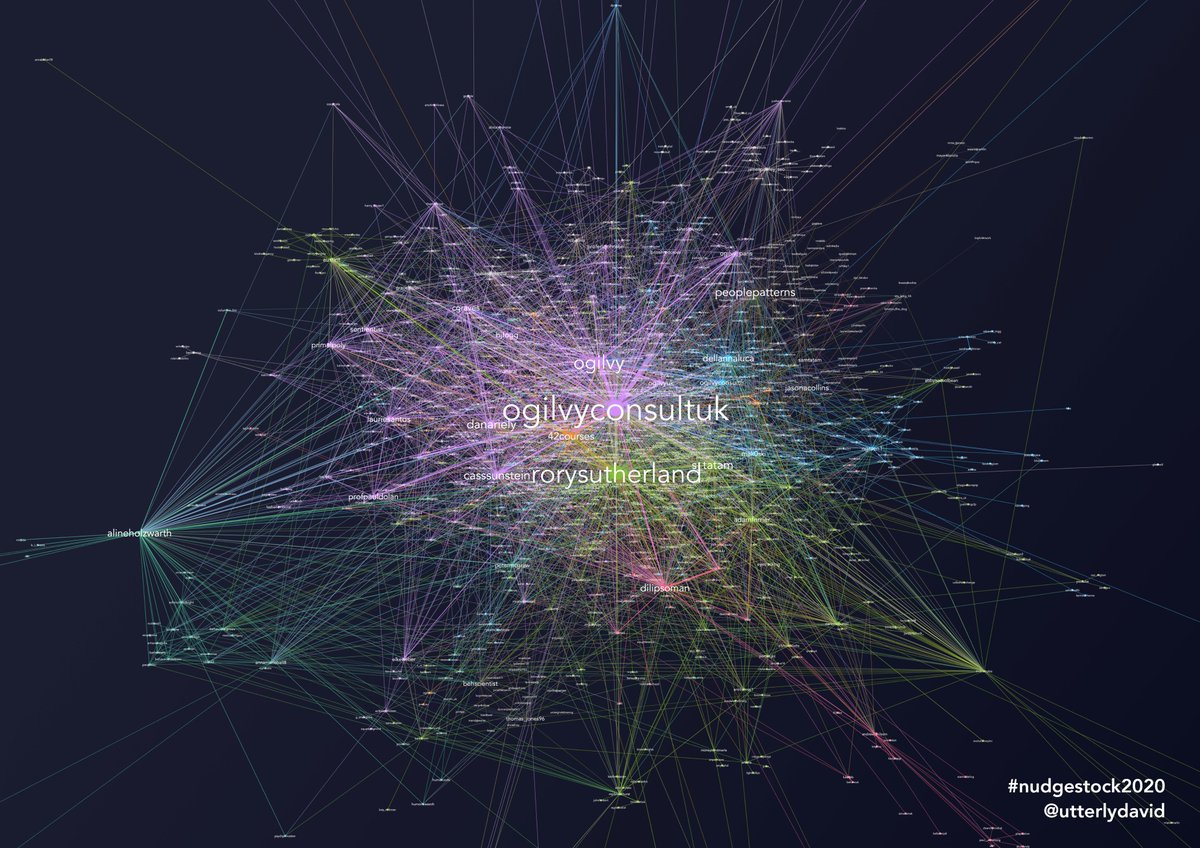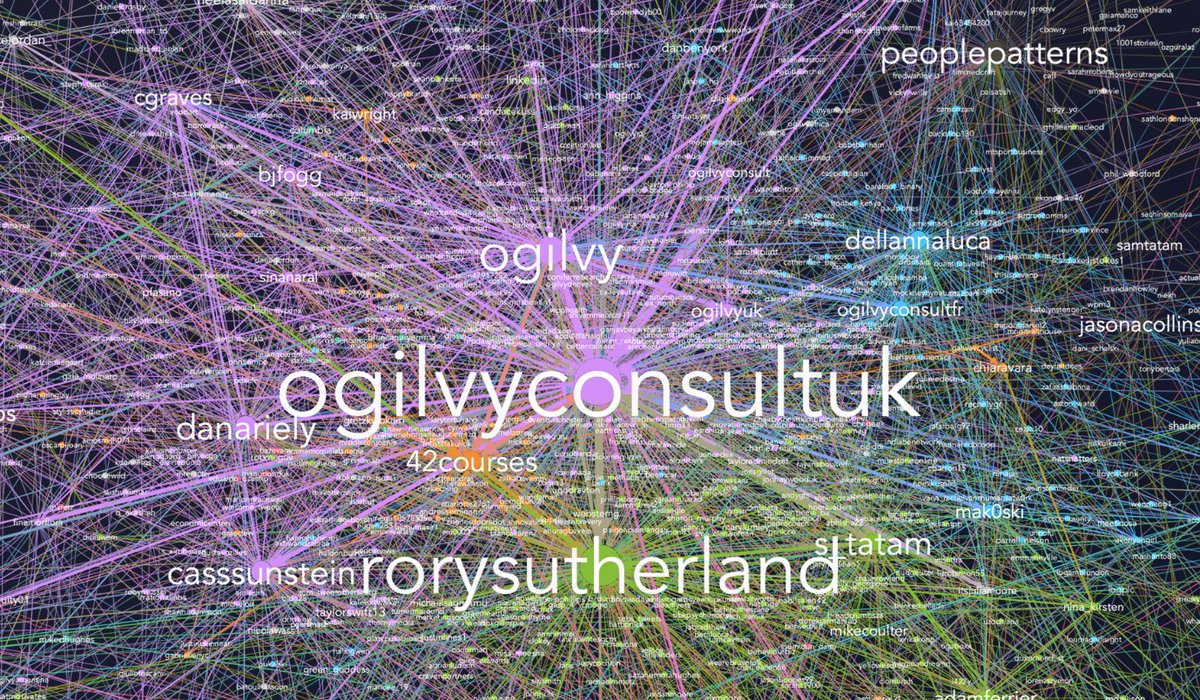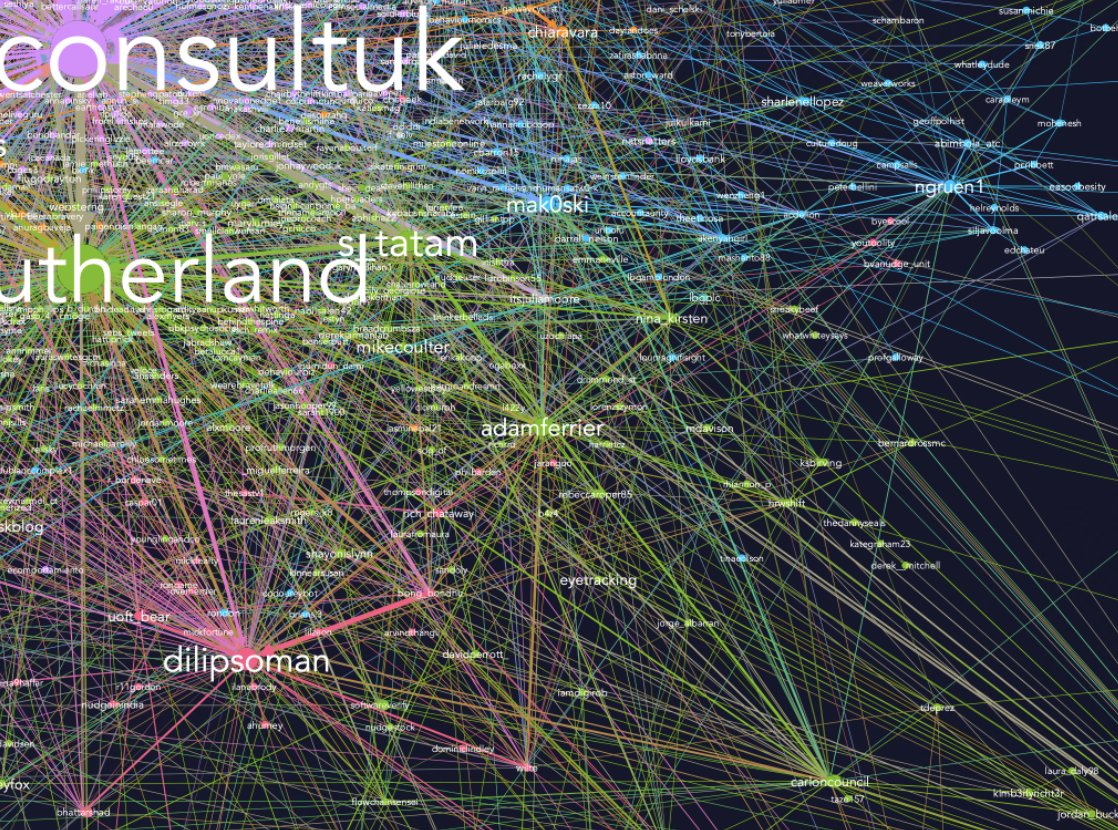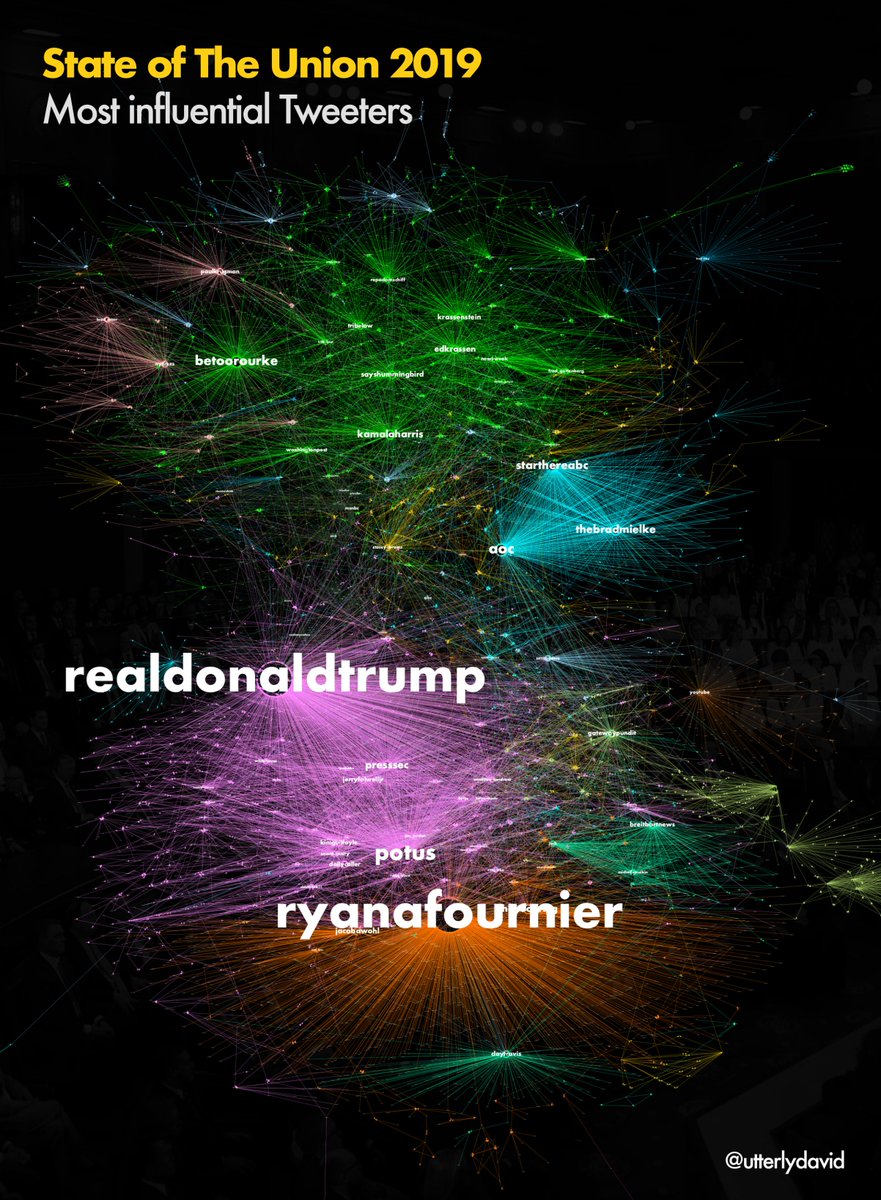
Everyone agrees that the ability to understand (and therefore influence) systems is immensely powerful. But what is systems thinking in the first place?
A Definition of Systems Thinking: A Systems Approach by Ross Arnold & John Wade (2015).
Paper #4 #30papers30days 👇
A Definition of Systems Thinking: A Systems Approach by Ross Arnold & John Wade (2015).
Paper #4 #30papers30days 👇
This paper argues that to make Systems Thinking more understandable, a complete definition is required.
The dictionary says "a system is defined as a regularly interacting or interdependent group of items forming a unified whole."
Something more than a collection of its parts.
The dictionary says "a system is defined as a regularly interacting or interdependent group of items forming a unified whole."
Something more than a collection of its parts.
Early on, the authors realise that systems thinking is literally *a system for thinking about systems* 

Barry Richmond, who coined the term 'Systems Thinking', thinks it's about understanding underlying structures. Think org charts.
But it fails to express that systems are also about interconnections. The amount of Aperol Spritz or ice drinks sold is linked to the weather.
But it fails to express that systems are also about interconnections. The amount of Aperol Spritz or ice drinks sold is linked to the weather.
The authors exhaustively list what various experts consider to be definitions of systems thinking. There is broad consensus that undertstanding wholes, relationships and feedback loops is an essential part of systems thinking.
Ps, the following tweets are worth bookmarking.
Ps, the following tweets are worth bookmarking.

THE 8 ESSENTIAL ELEMENTS OF SYSTEMS THINKING.
1. The ability to recognise interconnections between parts of a system. "Even highly educated adults tend to lack this ability."
2. Identifying how some connections form cause-effect feedback loops and impact system behaviour.
1. The ability to recognise interconnections between parts of a system. "Even highly educated adults tend to lack this ability."
2. Identifying how some connections form cause-effect feedback loops and impact system behaviour.
3. Understanding System Structure. Think not in things (new event/ pattern/ trend) but in the relation of things. Causal connections.
4. Differentiate between
Stocks: pool of resource ($£€/ time/ will)
Flows: changes in resource levels
Variables: flow rate of resource/ limits
4. Differentiate between
Stocks: pool of resource ($£€/ time/ will)
Flows: changes in resource levels
Variables: flow rate of resource/ limits
5. Identifying and understanding non-linear relationships. Eg, temp x icecream sales: when too hot, sales reverse
6. Understanding dynamic behaviour. Interconnections, how they combine into feedback loops and even influence stocks/ flows/ variables.
6. Understanding dynamic behaviour. Interconnections, how they combine into feedback loops and even influence stocks/ flows/ variables.
7. Reduce complexity by modelling systems conceptually. Poke at it 10 ways.
8. Understanding systems at different scales. The ability to see the forest and the trees with one eye each. What influences [workplace mental health] at Microsoft Outlook level vs the company's stock?
8. Understanding systems at different scales. The ability to see the forest and the trees with one eye each. What influences [workplace mental health] at Microsoft Outlook level vs the company's stock?
Light critique.
GOOD: only 11 page read; diagrams distil complexity effectively
BAD: typo; sets out to make ST approachable but uses a lot of undefined language
BETTER IF: more examples - give me at least one example of non-linear relationships or dynamic behaviour
GOOD: only 11 page read; diagrams distil complexity effectively
BAD: typo; sets out to make ST approachable but uses a lot of undefined language
BETTER IF: more examples - give me at least one example of non-linear relationships or dynamic behaviour
Source.
Arnold, Ross & Wade, Jon. (2015). A Definition of Systems Thinking: A Systems Approach. Procedia Computer Science. 44. 669-678. 10.1016/j.procs.2015.03.050.
Arnold, Ross & Wade, Jon. (2015). A Definition of Systems Thinking: A Systems Approach. Procedia Computer Science. 44. 669-678. 10.1016/j.procs.2015.03.050.
• • •
Missing some Tweet in this thread? You can try to
force a refresh







